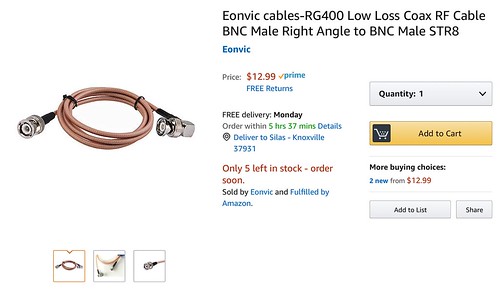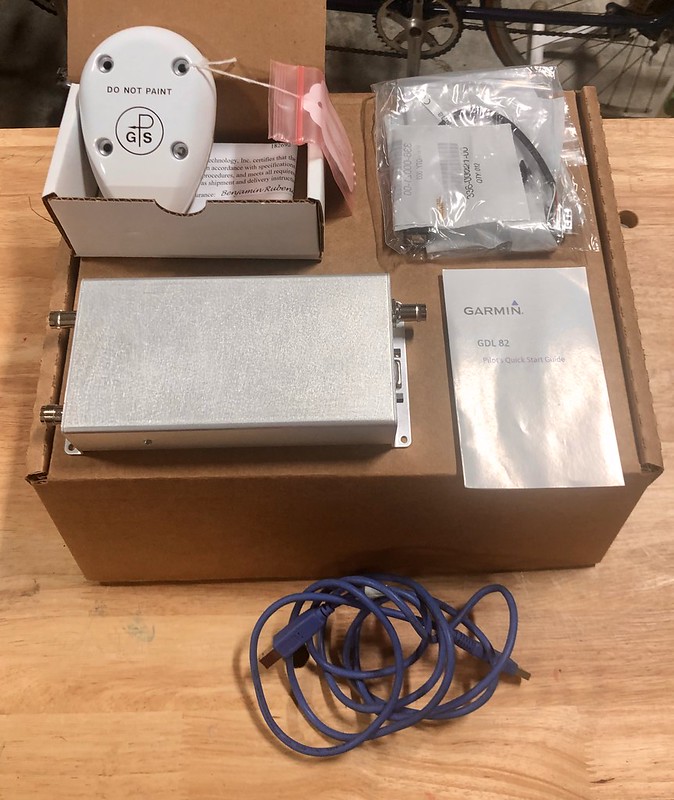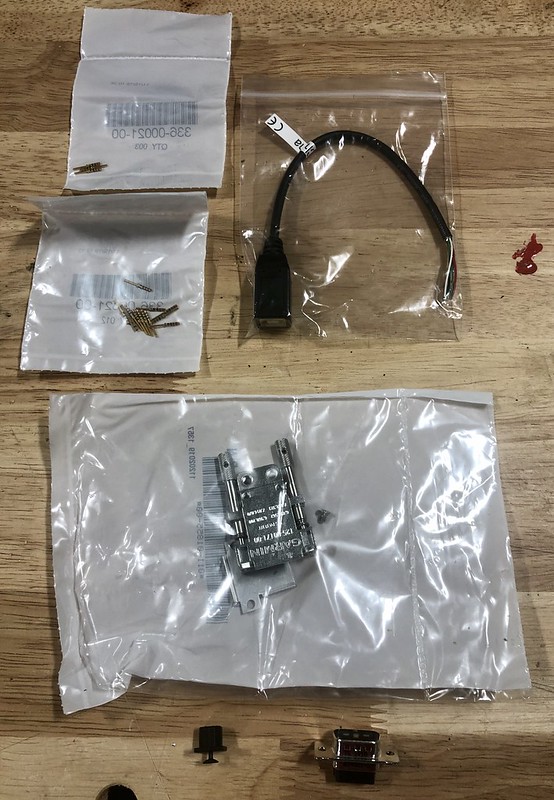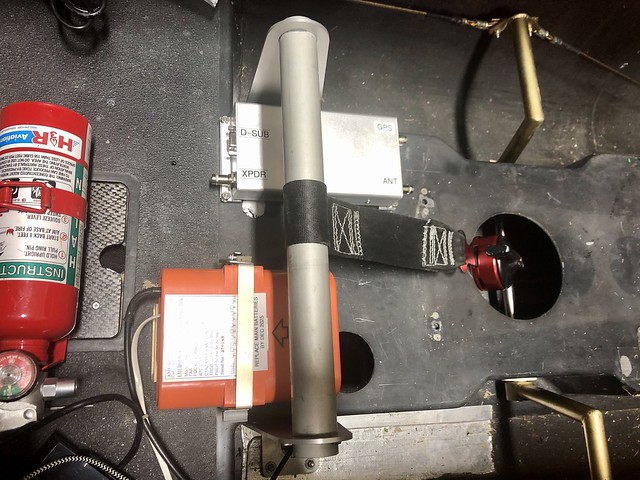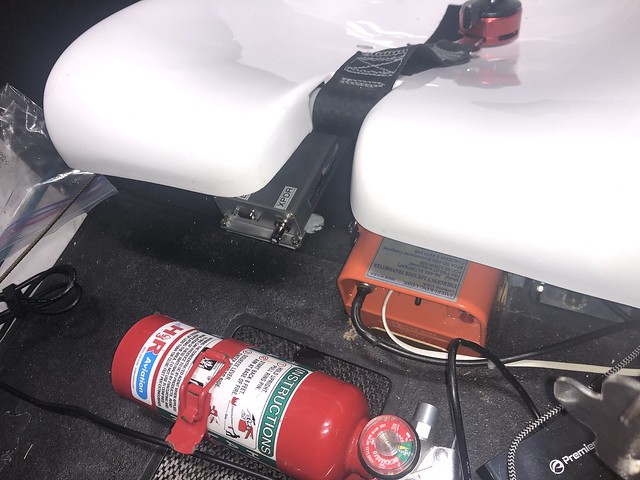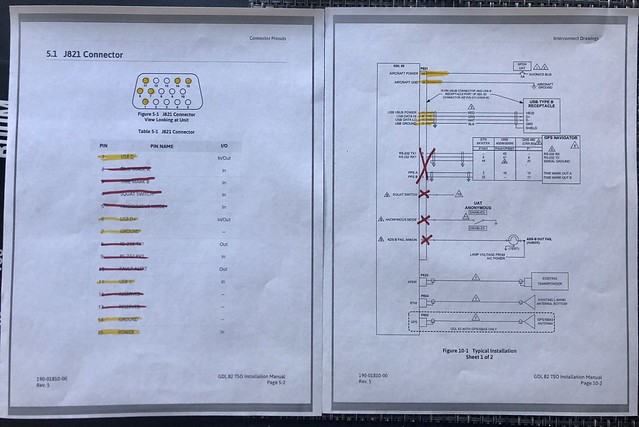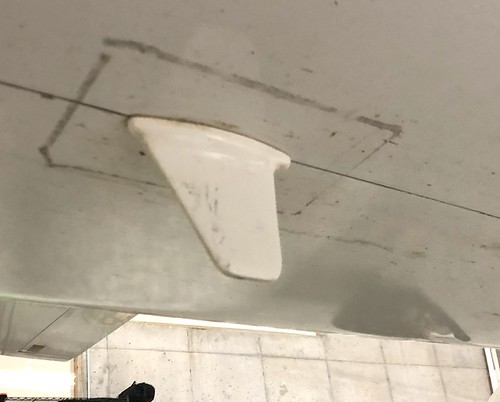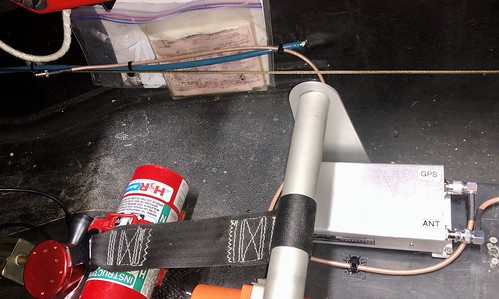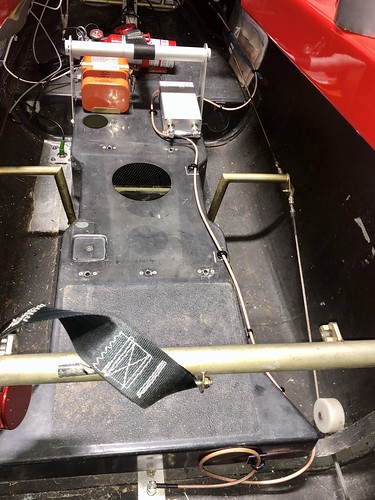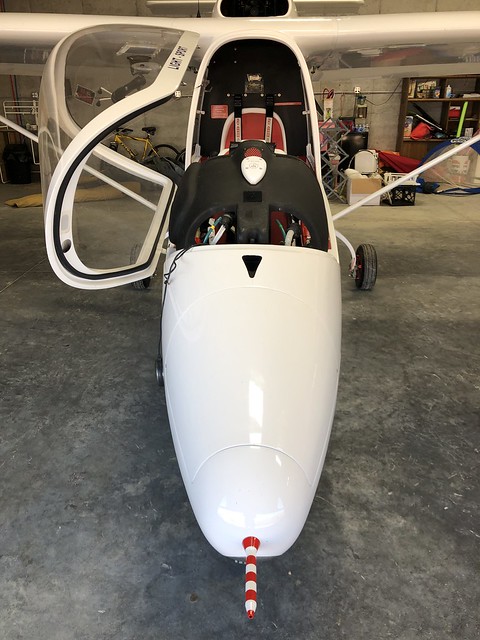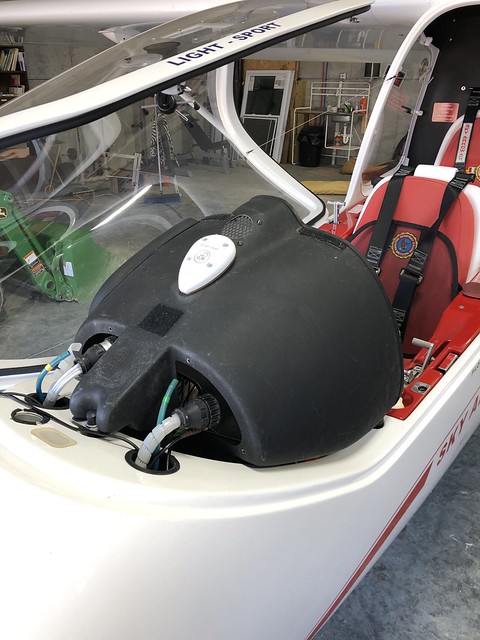FastEddieB
Touchdown! Greaser!
- Joined
- Oct 14, 2013
- Messages
- 11,419
- Location
- Lenoir City, TN/Mineral Bluff, GA
- Display Name
Display name:
Fast Eddie B
I’m about to pull the trigger on this unit for my Sky Arrow. I’ve had good luck with Garmin in the past, and it will pair with a Garmin GTX 327 transponder.
Installation looks pretty straightforward. I have room under my seat for it, and I can piggyback off my existing transponder breaker. So all I need is that 14v source, ground and a short piece of coax to run from the unit to the existing transponder antenna. I should be able to mount the GPS antenna on my glareshield where it will have a great view of the sky.
Two questions...
1) It’s offered with either “10 FT Harness” or “Custom Harness”, as seen here:
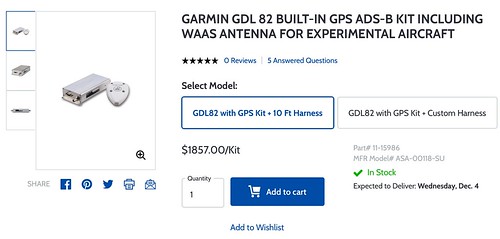
The former is in stock, the latter is not and adds about $50 to the cost. All my wiring distances are well short of 10’. Can I just go with the former?
2) Has anyone programmed theirs with a Mac, or do I need to find a friend with a Windows laptop.
Thanks, and let me know if I’m missing anything.
Installation looks pretty straightforward. I have room under my seat for it, and I can piggyback off my existing transponder breaker. So all I need is that 14v source, ground and a short piece of coax to run from the unit to the existing transponder antenna. I should be able to mount the GPS antenna on my glareshield where it will have a great view of the sky.
Two questions...
1) It’s offered with either “10 FT Harness” or “Custom Harness”, as seen here:

The former is in stock, the latter is not and adds about $50 to the cost. All my wiring distances are well short of 10’. Can I just go with the former?
2) Has anyone programmed theirs with a Mac, or do I need to find a friend with a Windows laptop.
Thanks, and let me know if I’m missing anything.

